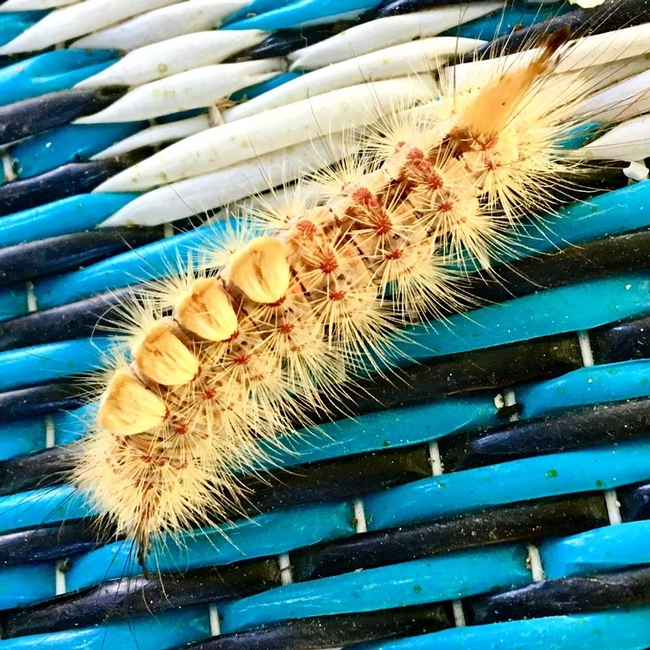
The Save the Redwoods League just purchased the largest remaining old-growth redwood forest in private ownership from the Oregon border to Big Sur! Located near Cazadero in Sonoma County, the forest features the McApin Tree, a 1,640 year old (!), 19 ft diameter redwood. Congrats to our friends at the Save the Redwoods League and thank you to the Richardson Family. Just 5 percent of the original coast redwood range remains. Since their founding in 1918, Save the Redwoods League has protected more than 200,000 acres of redwood forests and helped create 66 redwood parks and reserves. Read about it here.
Mountain yellow-legged frogs (Rana muscosa) were once found in abundance in the streams of the San Gabriel, San Bernardino and San Jacinto mountains in Southern California. Over the past few decades, their numbers decreased significantly due to various reasons from fungal infections to nonnative predators. Only a few hundred were thought to exist today. Now, hundred of tadpoles raised at the LA Zoo are being reintroduced and released into the San Gabriels thanks to a collaborative effort between zoos and agencies. Read about it here.
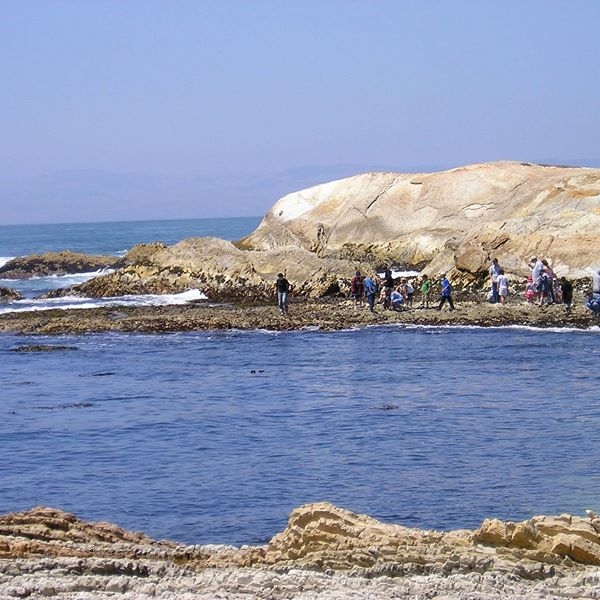
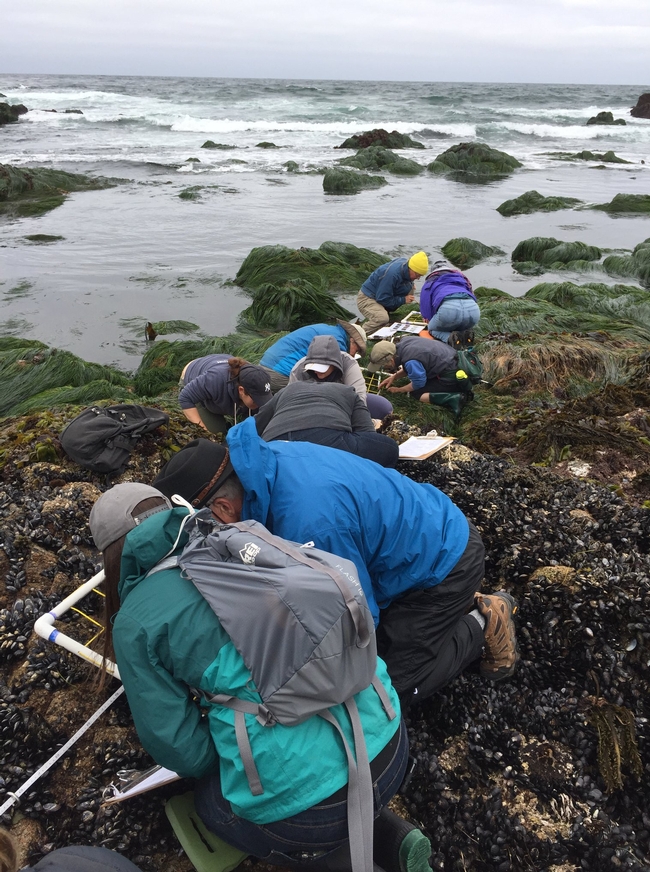
Congratulations to the newly certified naturalists from Pacific Grove Museum of Natural History! Students were immersed in the natural history of the Monterey Peninsula through a combination of guest presenters from California State University, Monterey Bay, Monterey Peninsula Water Management District, Elkhorn Slough National Estuarine Research Reserve, and the museum staff. They put their knowledge into practice during field trips to view the unique plants at former military site Fort Ord National Monument, explore the tidal marshes of Elkhorn Slough, tour Point Lobos State Natural Reserve, and practice the scientific protocols of LiMPETS Monitoring at the tide pools. No small feat for these #CalNat grads. Welcome!
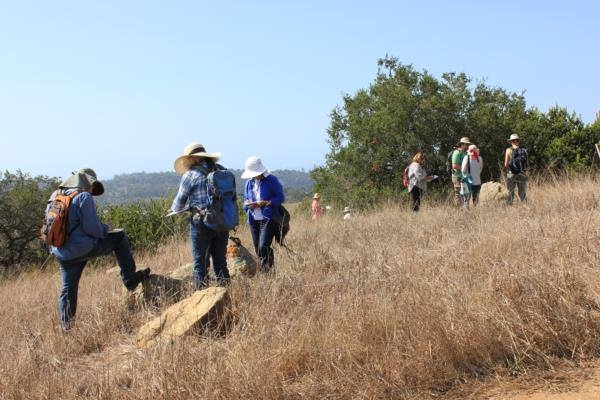
Join Santa Barbara Botanic Garden's California Naturalist Open House event on Wednesday, July 18, from 5:30-7:00p as they showcase their California Naturalist course. Enjoy refreshments with some of the local expert instructors and course graduates. Explore the broad overview of regional and California natural history the course provides to long-time residents, newcomers, and participants at all levels of expertise. Register for the free event!
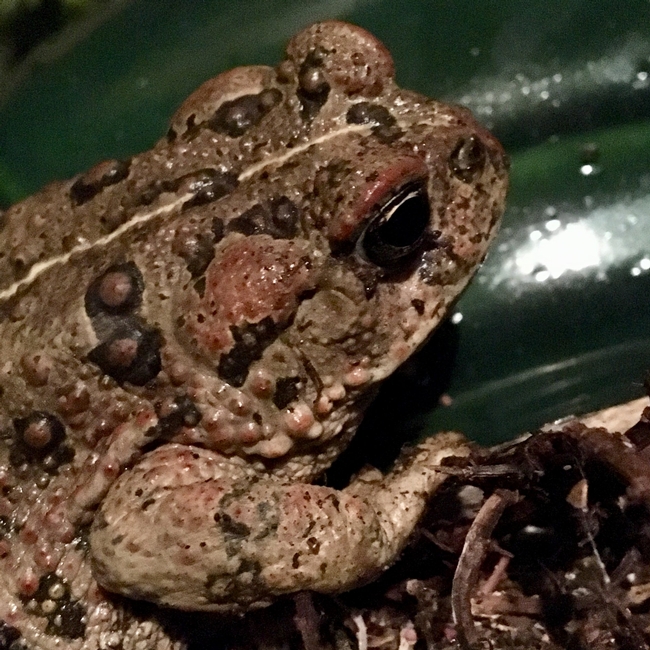
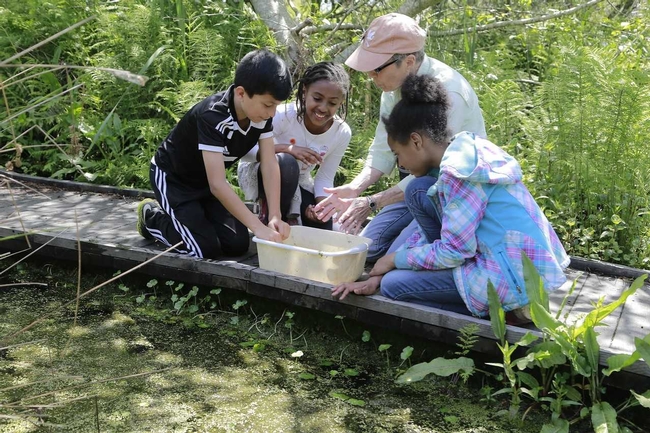
The inaugural Audubon Canyon Ranch Martin Griffin Preserve autumn/winter CalNat course in Stinson Beach is accepting application for registration! ACR has been offering a highly regarded docent training for decades- and just last year they started offering the CalNat certification as an enhancement. The training is hosted by ACR's 1,000 acre Martin Griffin Preserve, home to more than twenty-five species of mammals, over ninety species of landbirds, thirteen species of reptile, and eight species of amphibian. Mixed evergreen forests blanket slopes overlooking the Bolinas Lagoon. Open hillsides support grasslands and coastal scrub, while freshwater habitats nestle in canyon floors. Wednesdays, 9:30 a.m.– 2:00 p.m. September 5, 2018 through March 6, 2019 (holiday exceptions). Trainees also observe experienced docents on the trails and in the classroom. http://calnat.ucanr.edu/Take_a_class/ARC/
The search for urban wildlife in So. L.A. continues as the Natural History Museum of Los Angeles County partners with community scientists to survey in September 2018! "The data collected the first year was eye-opening. We not only documented bats in every backyard but in most backyards we detected bats that are California Species of Special Concern (identified as vulnerable, but not yet classified as Threatened or Endangered). These bats are uncommon to the area, and we had previously thought that they were too urban sensitive to use urban neighborhoods or possibly required habitat that didn't exist in the L.A. area." If you want to be immersed in urban wildlife discovery and you live south of the 10 Freeway, between I-405/Hawthorne Blvd. and the 710 to the beach, contact the museum.
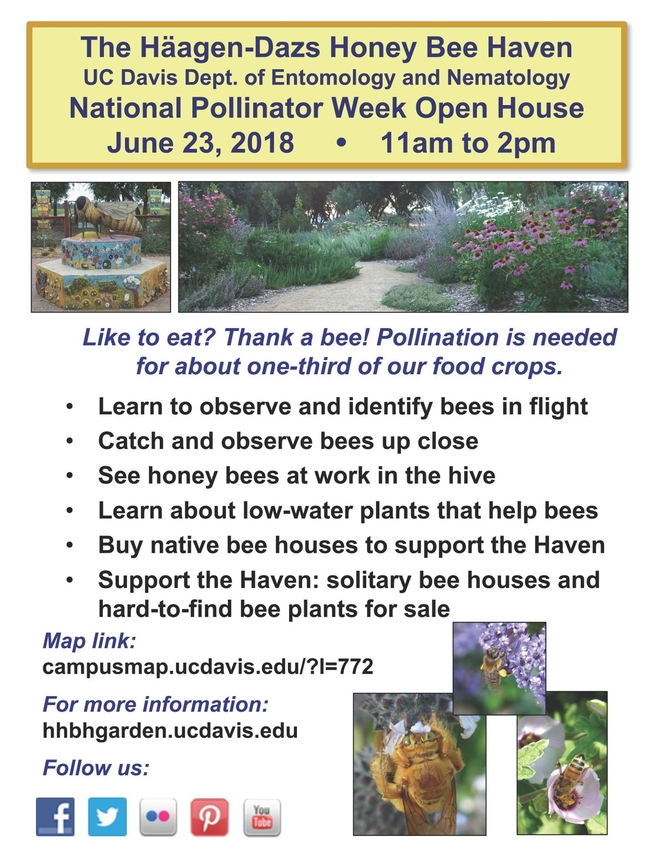
Dr. Walt Koenig (author of the annual (since 1980!) California Acorn Report) and California Naturalist Kate Marianchild (author of the book Secrets of the Oak Woodlands) share fun acorn woodpecker facts in this KQED Science article.